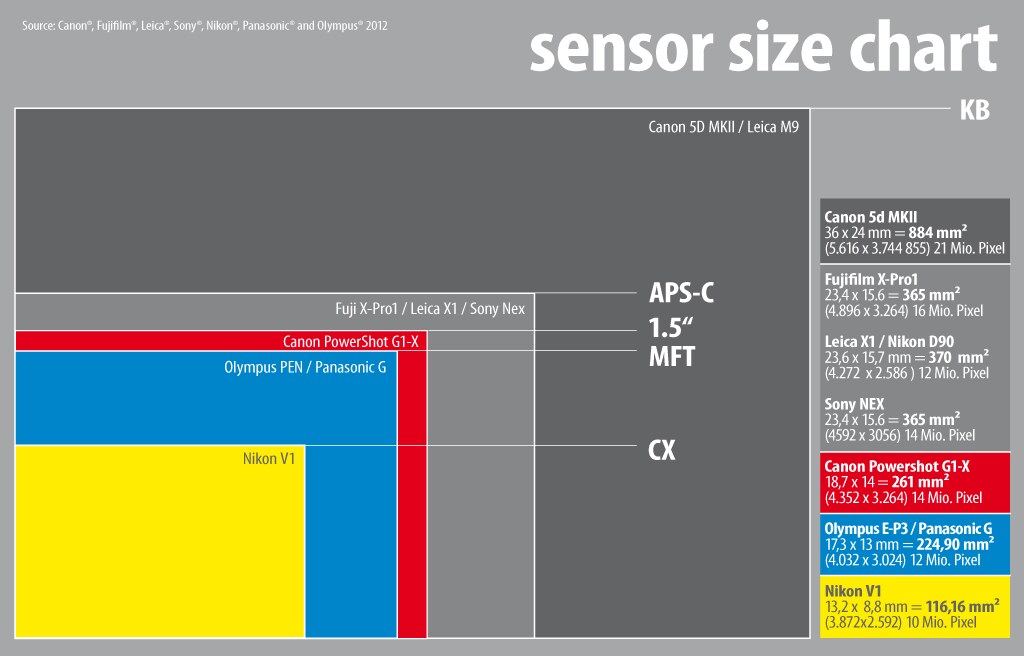

Since then, the PPD has been used in nearly all CCD sensors and then CMOS sensors. In 1987, the PPD began to be incorporated into most CCD sensors, becoming a fixture in consumer electronic video cameras and then digital still cameras. The new photodetector structure invented at NEC was given the name "pinned photodiode" (PPD) by B.C. The pinned photodiode is a photodetector structure with low lag, low noise, high quantum efficiency and low dark current. Arai in 1982, with the addition of an anti- blooming structure. It was invented by Nobukazu Teranishi, Hiromitsu Shiraki and Yasuo Ishihara at NEC in 1980, and then publicly reported by Teranishi and Ishihara with A. Ī key element of the modern CMOS sensor is the pinned photodiode (PPD). The exact date of origin of these devices is classified, but they were in use by the mid-1980s. The devices are two chips that are put together like a sandwich: one chip contains detector elements made in InGaAs or HgCdTe, and the other chip is typically made of silicon and is used to read out the photodetectors. Another type of image sensor technology that is related to the APS is the hybrid infrared focal plane array (IRFPA), designed to operate at cryogenic temperatures in the infrared spectrum. A low-resolution "mostly digital" N-channel MOSFET (NMOS) imager with intra-pixel amplification, for an optical mouse application, was demonstrated by Richard F.

Sadasiv in 1969 proposed a solid-state image sensor with scanning circuits using thin-film transistors (TFTs), with photoconductive film used for the photodetector. An issue with CCD technology was its need for nearly perfect charge transfer in read out, which, "makes their radiation 'soft', difficult to use under low light conditions, difficult to manufacture in large array sizes, difficult to integrate with on-chip electronics, difficult to use at low temperatures, difficult to use at high frame rates, and difficult to manufacture in non- silicon materials that extend wavelength response." Īt RCA Laboratories, a research team including Paul K. Smith realized that an electric charge could be stored on a tiny MOS capacitor, which became the basic building block of the charge-couple device (CCD), which they invented in 1969. While researching metal–oxide–semiconductor (MOS) technology, Willard Boyle and George E.
#Aps camera meaning full
You can find out more about how full frame cameras compare to APS-C ones in our versus guide.Further information: Image sensor § History This makes them a more convenient option for travel or in situations in which you don’t want to be lugging around a big piece of kit, such as during street photography. Beginners, hobbyists and even professionals on a budget can achieve fantastic results from an APS-C sensor for a lot less.ĪPS-C cameras are also usually smaller and more lightweight than full frame cameras. APS-C cameras are typically a lot cheaper than full frame ones. So what if you decide to opt for an APS-C camera instead? The most obvious benefit to going with APS-C is the price. However, full frame cameras can be very expensive and they need to be paired with full frame lenses to get the full benefit of the large sensor without suffering any crop. The most significant benefit of opting for a full frame camera is that the larger sensor will enable it to capture higher-resolution images than a smaller APS-C sensor is capable of. Is APS-C better than full frame?įull frame cameras are generally considered to be better than APS-C ones in the same way that APS-C ones are a step above Micro Four Thirds, though this isn’t always the case. Sensors of this size will always experience some amount of crop, meaning the field of view is tighter than if you were to shoot with a larger full frame sensor. Other crop formats include Micro Four Thirds and 1-inch sensors. For comparison’s sake, a full frame sensor measures around 24 x 36mm.ĪPS-C sensors fall under the category of crop sensors – or sensors smaller than 35mm film. These sensors typically measure around 15.6 x 23.6mm in cameras by Nikon, Sony and Pentax, or 14.9 x 22.3mm in Canon models. This size sensor can often be found in many DSLRs and mirrorless cameras. What is an APS-C camera?Īn APS-C camera is any camera that features an APS-C (Advanced Photo System type-C) sensor. Whether you’re buying your first camera or upgrading from an older model, chances are you’ve come across the term APS-C.īut what is an APS-C camera and how does it compare to other sensor sizes, such as full frame and Micro Four Thirds.


 0 kommentar(er)
0 kommentar(er)
